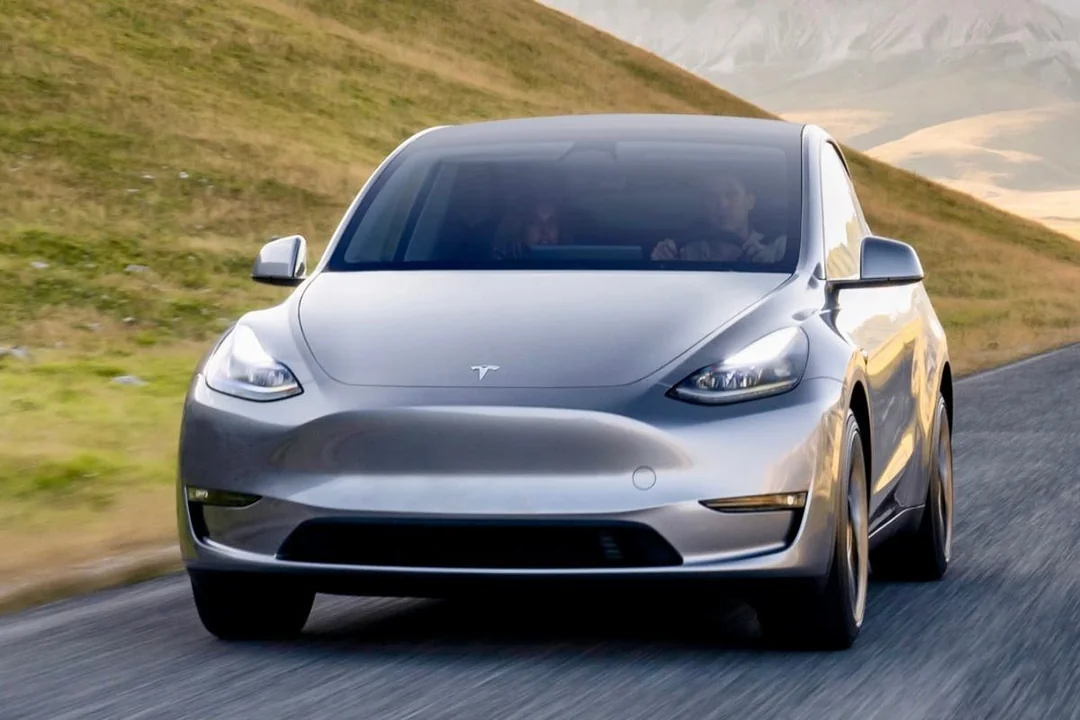In December 2024, the average price of a new car in the U.S. reached $49,740, just $218 below the all-time record set in December 2022. Unlike two years ago, when supply shortages forced buyers to pay above sticker price, the recent increase was driven by consumer choice rather than necessity. Automakers offered an average incentive of $3,958 per vehicle, an 8% discount off MSRP, as they attempted to clear out excess inventory. These discounts, which grew by 44% in 2024, made purchasing higher-end vehicles more appealing.
Luxury Vehicles and High-End Trucks Dominate Sales
A major reason for the high transaction prices was the surge in luxury vehicle sales. Cars priced above $80,000 saw a 37% year-over-year increase in December, making up 5.6% of total new car purchases—a record high. Additionally, full-size trucks, which often come in high-end luxury trims, contributed to the rise. While the base models of these trucks start around $40,000, premium versions loaded with advanced features drove up the average transaction price of full-size trucks to $64,261, a price point comparable to luxury European brands.

Not all brands experienced rising prices. Several mainstream automakers, including Buick and Volkswagen, saw their average sale prices decline by 7% and 6%, respectively, compared to the previous year. Stellantis brands such as Chrysler, Dodge, Jeep, and Ram also posted declines, with Jeep’s average price dropping the most at 6.3%. Mitsubishi recorded the most significant decrease, selling cars for 12% less than a year before. Meanwhile, luxury brands like Cadillac, Tesla, and Infiniti saw price increases, with Cadillac’s average transaction price rising nearly 13% year-over-year.
Electric Vehicles See a Year-End Price Jump
The electric vehicle (EV) market followed a similar pattern, with prices fluctuating throughout the year before rising in December. The average EV sold for $55,544, representing a 0.8% increase from December 2023 and a 1.1% rise from November 2024. These price hikes occurred despite strong incentives, with EVs receiving an average discount of 14.3%. Over the year, EV incentives grew by 41%, helping boost overall sales. As a result, Americans purchased a record 1.3 million electric vehicles in 2024, setting a new benchmark for EV adoption.
Market analysts attribute these trends to rising consumer confidence, especially following the 2024 election. When consumers feel optimistic about the economy, they tend to make larger discretionary purchases, including luxury vehicles. A temporary dip in interest rates, combined with increased manufacturer discounts, further encouraged buyers to spend more. As a result, while affordability improved for some segments, many buyers opted for premium models, leading to a near-record high in average new car prices.

